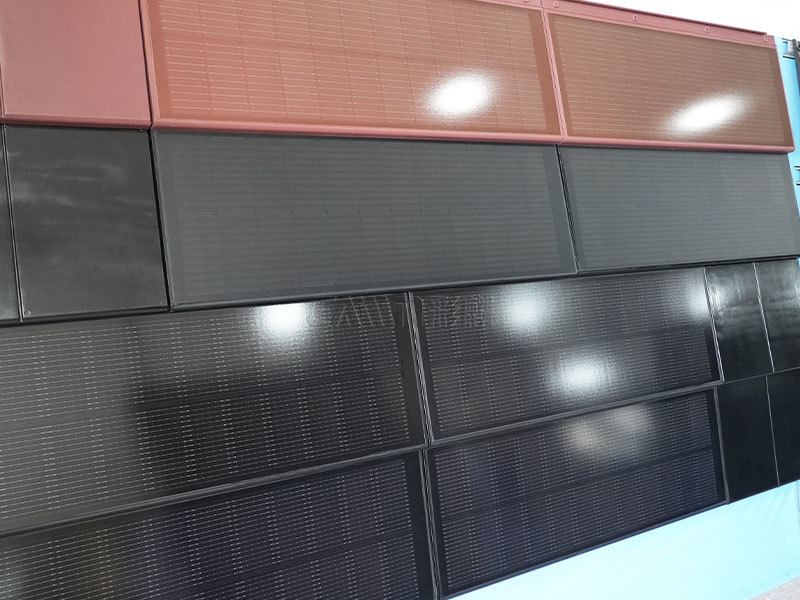BIPV Solar Roof Tiles = Tiles + Power Generator? A Simple Breakdown of How They Work — You Won’t Be Confused After This!
- By: Cailin
- Nov 18 2025
Homeowners who install BIPV solar roof tiles are often asked:
“They look just like regular tiles — how can they generate electricity?”
Each tile actually contains a compact energy-conversion system.
You can understand it in just three simple steps.

Step 1: They “Charge” Themselves in the Sun
The surface of a BIPV solar roof tile isn’t covered with ordinary stone chips or ceramic coating. Instead, it integrates photovoltaic (PV) cells, usually made of silicon — turning your roof into thousands of mini solar receivers.
When sunlight hits the tile, the silicon cells absorb photons. Think of photons as tiny “energy bullets” — they knock electrons loose from silicon atoms and set them in motion. At this moment, solar energy becomes electron kinetic energy— the “start button” of the entire power-generation process.

Step 2: Guiding the Electrons to Create Usable Electricity
Free electrons running around won’t do much. Inside each tile is a PN junction — essentially a “one-way lane” for electrons.
This structure directs electrons into a single, organized flow, producing direct current (DC). That’s the raw electrical output of the tile. But homes use AC (220V) electricity, so the power then passes through an inverter, which converts DC into AC — ready for your lights, appliances, and daily use.

Step 3: Extra Power? Store It or Sell It
What happens if your BIPV system produces more electricity than you consume?
The solar tile setup includes smart energy management:
If a battery is installedExcess power is stored for nighttime use — effectively giving your home a “roof-mounted power bank.”
If there is no batterySurplus electricity can be fed back into the national grid (with approval), meaning you can sell electricity and receive monthly credits or subsidies. Your roof becomes a “profit-generating asset.”

Two Key Conditions for BIPV Solar Roof Tiles to Perform Well
1. Sunlight exposure
The more sunlight, the better the output. Strong light, unobstructed roof surfaces, and fewer shadows all help. They still generate power on cloudy days — just at lower efficiency.
2. Proper installation
Roof angle and orientation (south-facing is typically ideal) influence sunlight absorption. Professional installers will adjust angles to maximize exposure and ensure optimal efficiency.
In Short
BIPV solar roof tiles transform your roof into a solar energy conversion station. They function as protective roofing material while also generating clean electricity — reducing energy bills and improving sustainability. This is why more and more private homes and villas are choosing them today.

